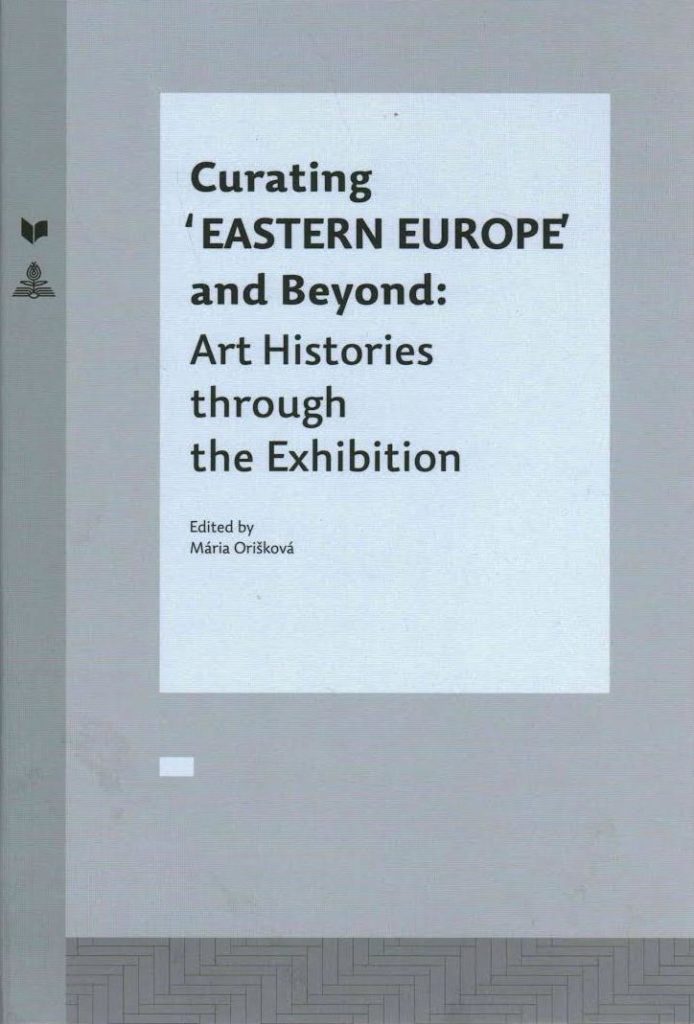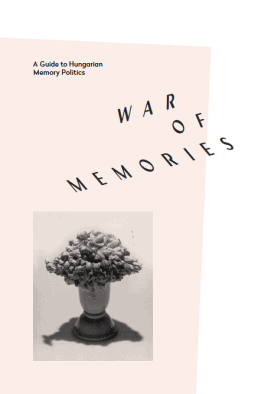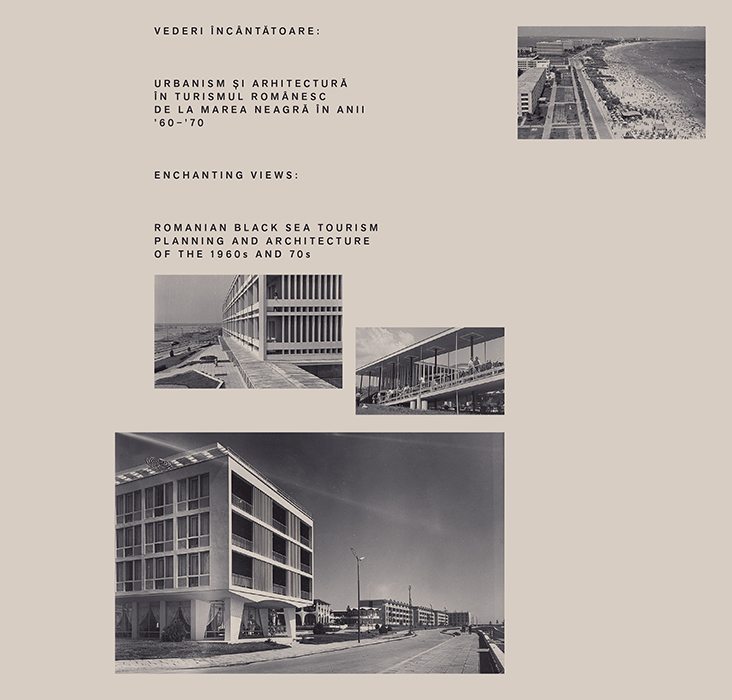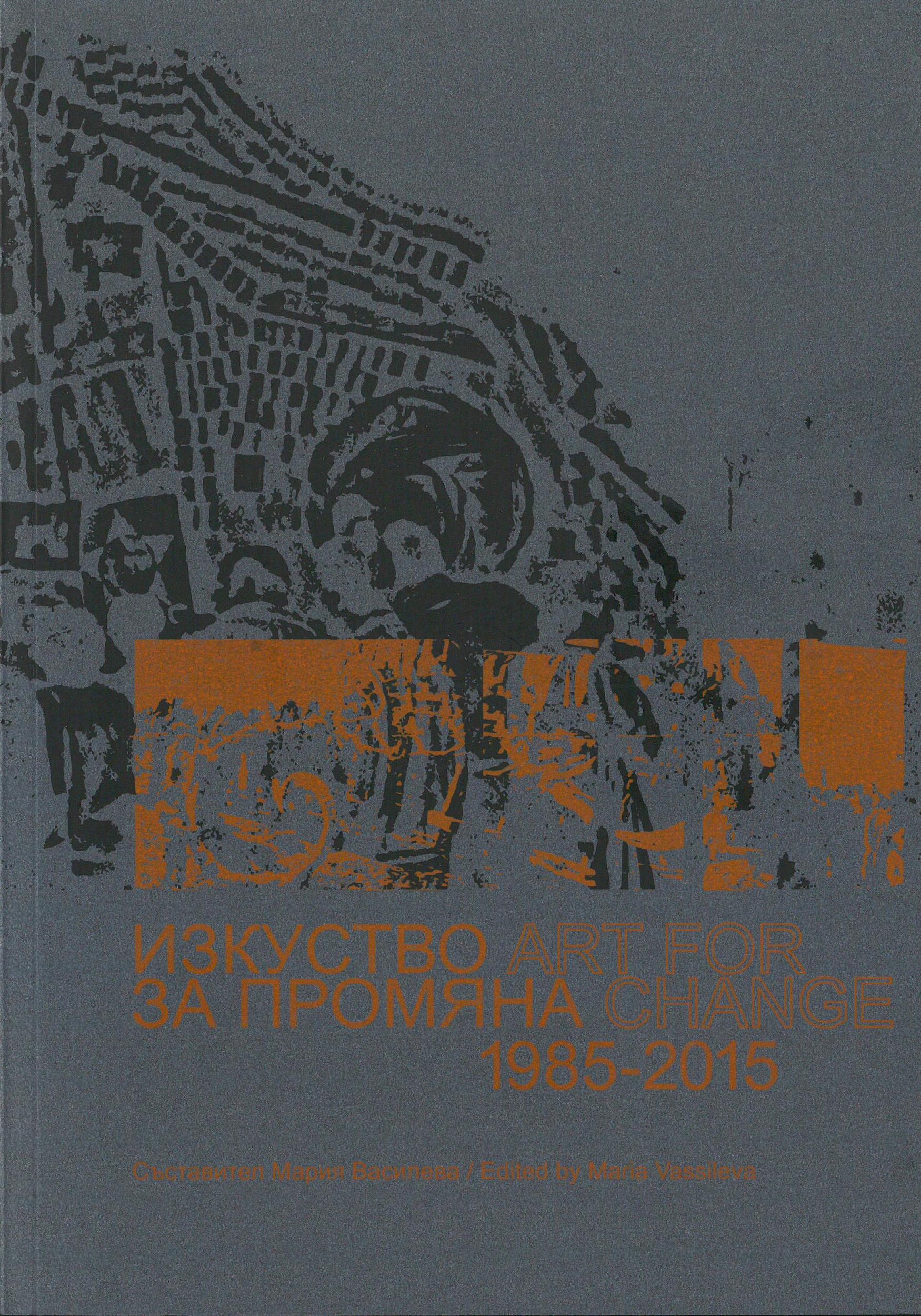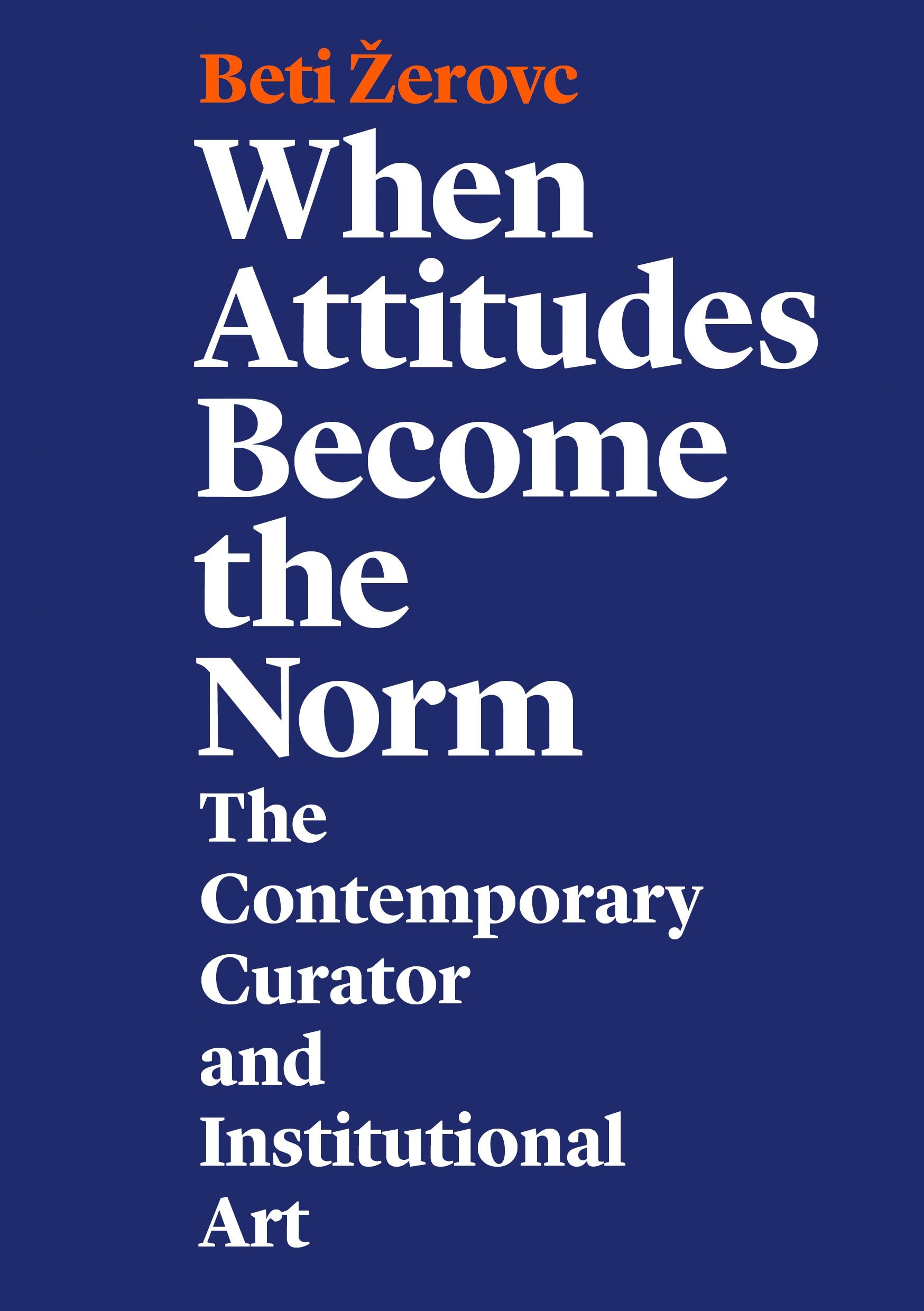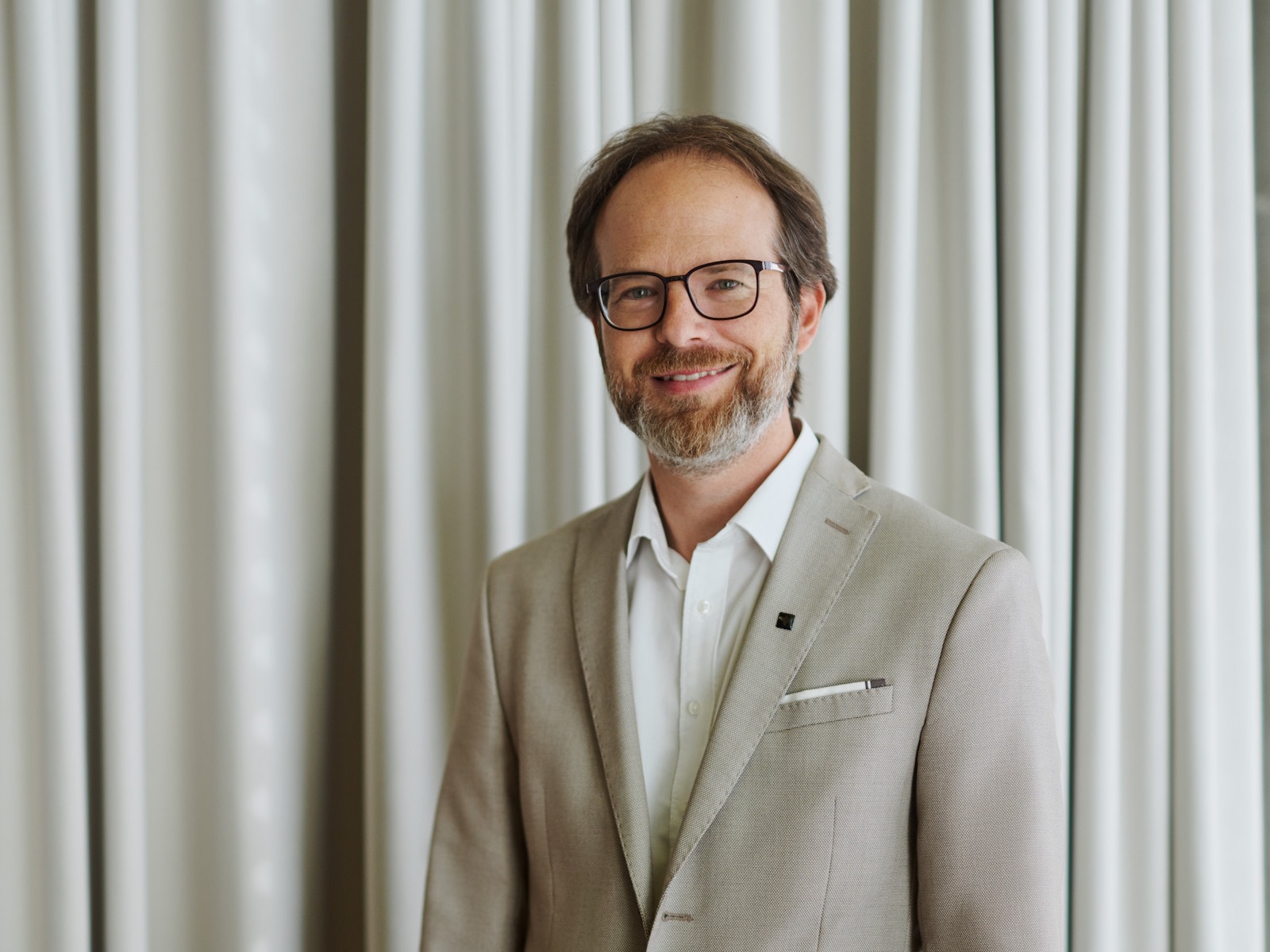The anthology entitled Curating “Eastern Europe” and Beyond: Art Histories through the Exhibition comprises fifteen texts that have been commissioned and previously published. The aim of this collection of essays is to monitor how exhibition – as a medium that functions among curators, artists and visitors as well as between different times and places – mediates, historicizes and re-formats the histories of former Eastern European art after 1989.
Since exhibition and curatorial discourse is an immensely complex and multi-layered process which takes place not only in the local context but also within the global framework, the aim of this publication was to accumulate texts that discuss various types, formats and genres of exhibitions in various institutions and in various places in Europe and the world. The concept of the publication was to go beyond the geo-political frame of Eastern Europe connected to previous regimes. The book is concerned with several overlapping themes and agendas, but it centres on the idea of the contemporary reconfiguring of the art historical canon through new curatorial practices, strategies, genres and formats.
Renewed interest in the exhibition as the main vehicle for contemporary art has opened art historical discourse towards a new internationalism, transnational, transregional and global communication and collaboration, of which the former Eastern Europe is a part. New plural, parallel, horizontal, postcolonial narratives and innovative research concepts have recently emerged, while alternative models of institutional collaborations have been dissolving old hierarchies, divisions and stereotypes. “Eastern Europe” is no longer an isolated region – it is linked with different parts of the world where exhibition curating and new curatorial principles enable connections to regions, places and people around the world.
This publication is available at ERSTE Foundation Library.

